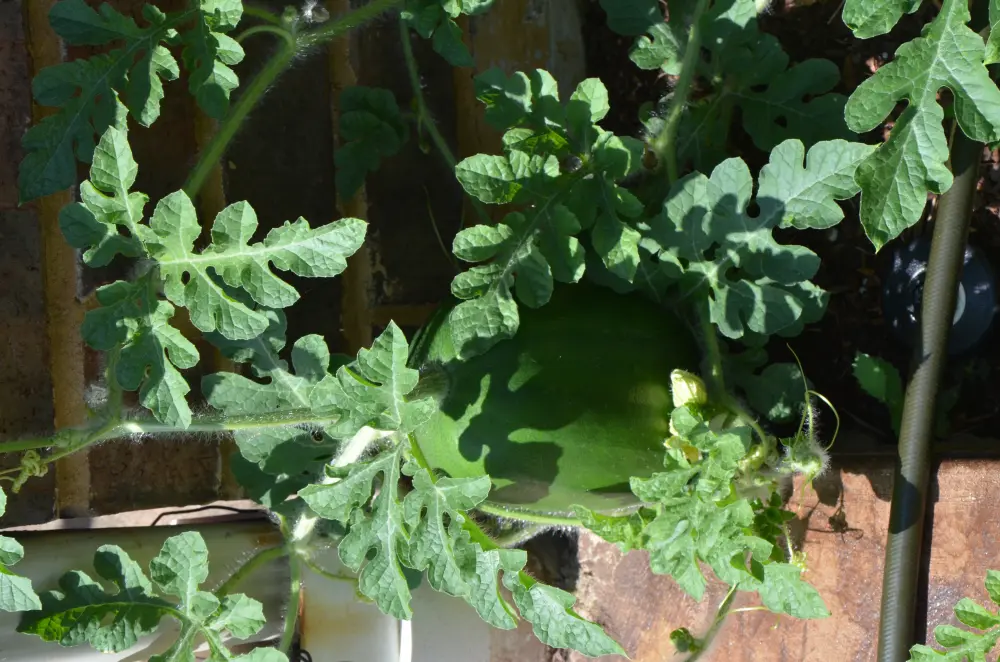From Green Right Now Reports
Home gardens appear to be an unstoppable 21st Century trend, with people growing all types of edibles at every scale, from a few patio tomatoes to a virtual truck farm of veggies in the backyard, front yard or schoolyard.
Whether this is a mass rebellion against bland grocery store produce, the product of a greener young generation and a nesting boomer contingent seeking commune with the land, we don’t know. That’s a deep subject.
But what we do know is that if you’re gardening, you have to think about seeds and possibly saving your own seeds. It’s not just because it can save you a few dollars, but now, you’ve become a picky home gourmand and you’d like to recreate your favorite spinach, patty pan squash and strawberries come next season.
Here are the basics to picking great seeds:
1) Check the date — it’s easy to grab a packet of older seeds from your collection that is well past the best use date and may never germinate. According to Johnny’s Selected Seeds, here’s a good rule of thumb:
- 1 year: onions, parsnips, parsley, salsify, and spinach
- 2 years: corn, peas, beans, chives, okra, dandelion
- 3 years: carrots, leeks, asparagus, turnips, rutabagas
- 4 years: peppers, chard, pumpkins, squash, watermelons, basil, artichokes and cardoons
- 5 years: most brassicas, beets, tomatoes, eggplant, cucumbers, muskmelons, celery, celeriac, lettuce, endive, chicory
2) Plan and organize — pay special attention to the seed packets’ chart of when to sow. Consider creating a tracking spreadsheet or online garden planner to lay out your schedule of plantings. Get extra gardening points for then organizing your seed packets by best month for planting.
3) Check any open seed packets you have to make certain there are still enough seeds for your planting needs. If you see you have more seeds of a certain variety than you can use, set them aside to give to a friend or donate them to a community garden near you.
4) Grab your seed catalog or pop online to your preferred retailer and start identifying the seeds you need. Read the labels carefully to distinguish what kind of seed each product is. Typically you’ll see these types:
- F1 and hybrid seeds — Seed Savers Exchange says hybridization can occur naturally through random crosses, but commercially available hybridized seed that is often labeled as F1 is deliberately created to breed a desired trait.
- Open-pollination or unmarked seeds are created when pollination occurs by insect, bird, wind, humans, or other natural mechanisms.
- Heirloom varieties have been passed down among farmers and families and are time-tested and often more unique.
- Organic seeds have been harvested from certified organic crops and may be hybrid or heirloom variety. These seeds have not been exposed to any artificial fertilizers, herbicides or fungicides.
Here are a few places to look for seeds:
- Earth 911, the recycling website, just featured a definitive piece on saving seeds – Five Steps to Successful Seed Saving. Turns out saving your own seeds is a little more involved than how we’ve been doing it (growing watermelon in the flower bed where we left a slice for the butterflies last year). But it’s worth knowing the best practices, as outlined in this piece. For instance, you need to know how your plants are pollinated and make sure they’re not mixing it up (inter-breeding!) in the garden.
- Seed saving is a big enough thing that it has its own group, The Seed Savers Exchange (founded in 1975), where you can get more information. The exchange maintains a database where you can plug in a vegetable and get advice about how to save the seeds. So retro, and yet so now.
- The next best thing to saving your own favorite seeds, is buying them from someone who really knows what they’re doing. We have two recommendations on that count. First, shop at LocalHarvest.org, where you’ll find small producers who sell many varieties of seeds. You can get organic, heirloom seeds that just aren’t available in the stores. You can buy online, or search for local producers.
- All those other seed companies. Of course there are many other places to buy seeds, like the well-known Burpee and Ferry-Morse seed retailers. These traditional companies also are branching out into offering more organic and heirloom varieties.
